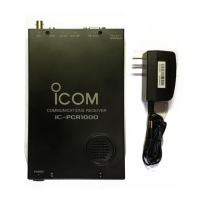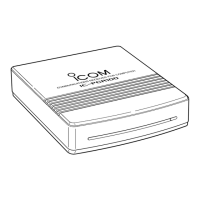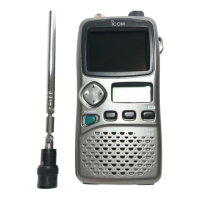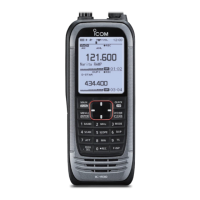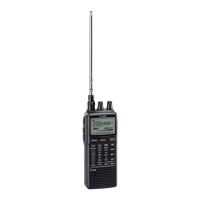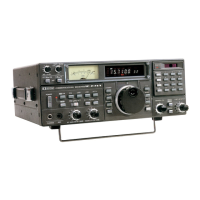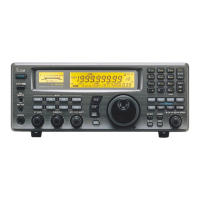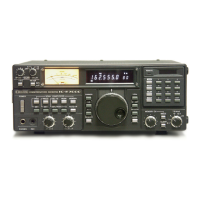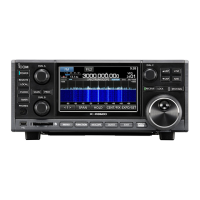What to do if program scan does not operate on Icom IC-PCR1500?
- SsmithcoleJul 30, 2025
If the program scan on your Icom Receiver isn't working, it could be due to: 1. The squelch being open: set the squelch to the threshold point. 2. The start and end frequencies being the same: ensure you set different frequencies for the scan.



